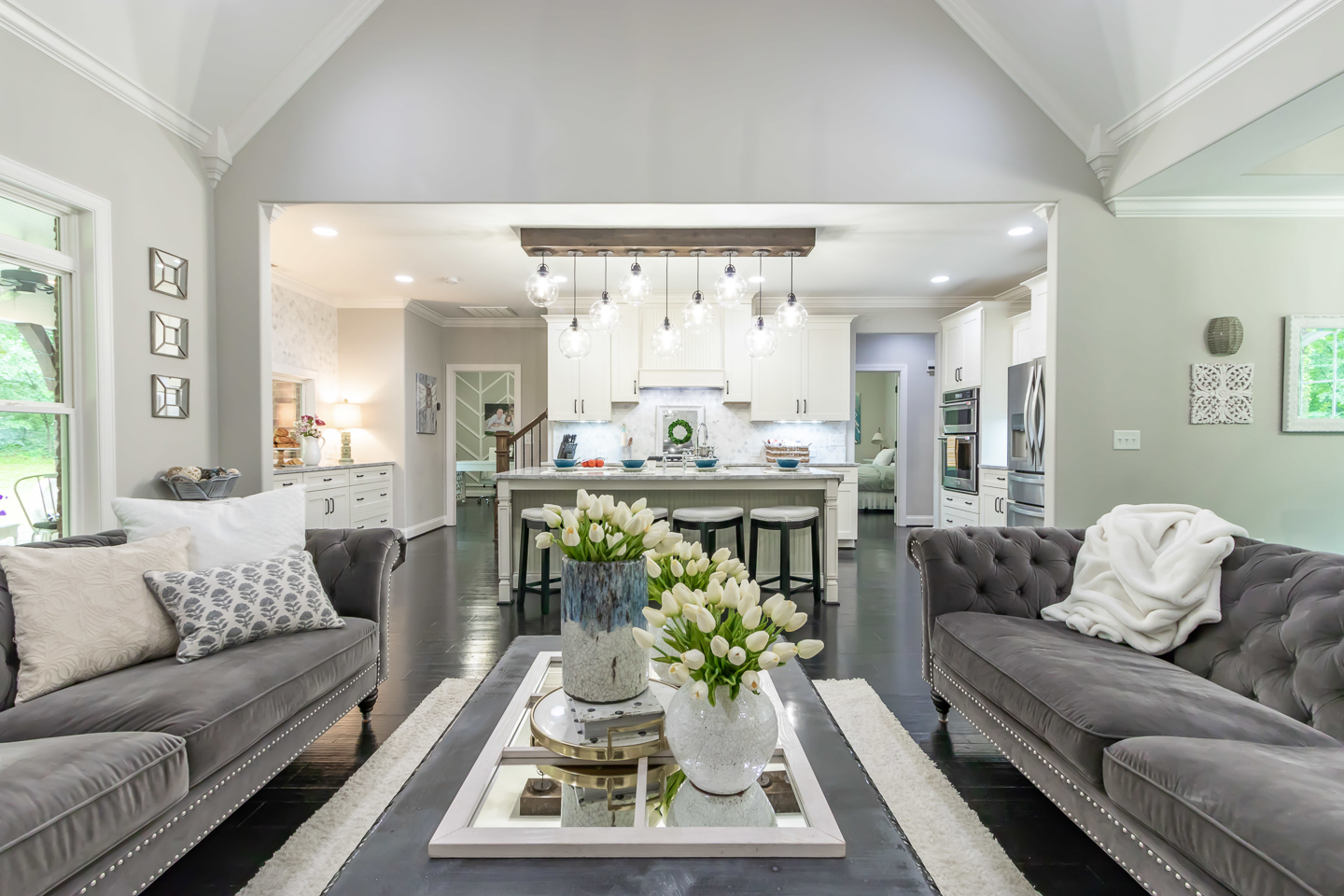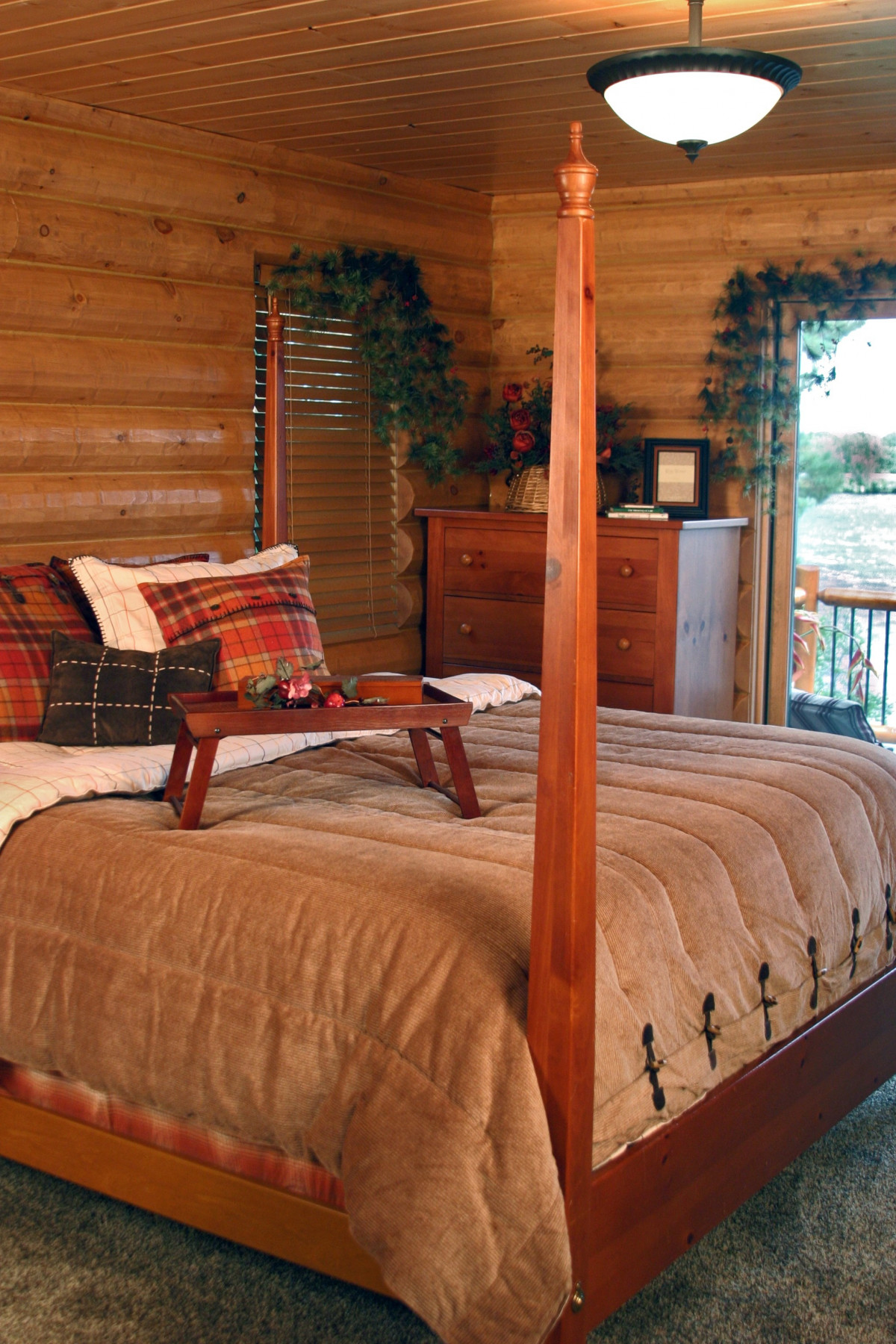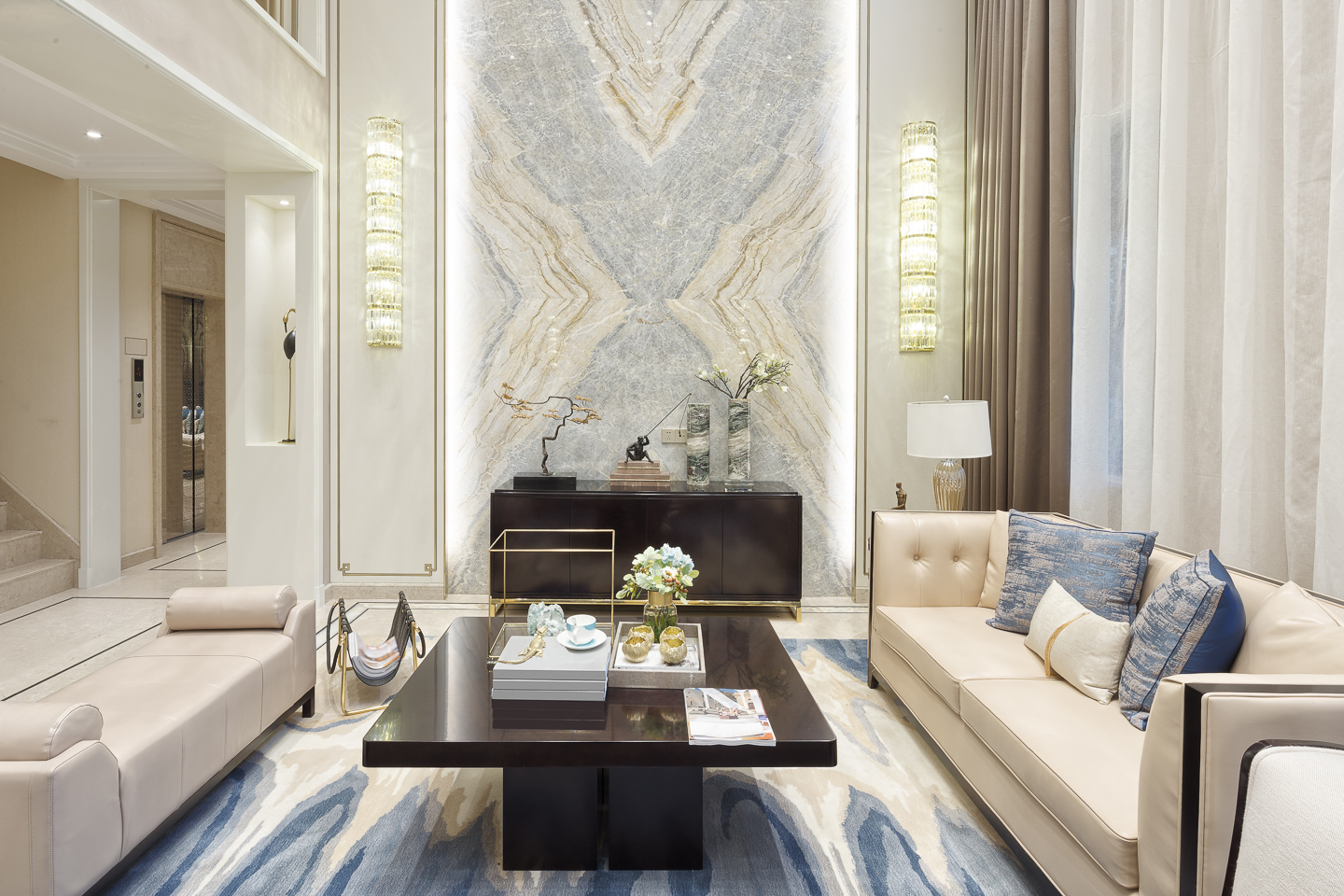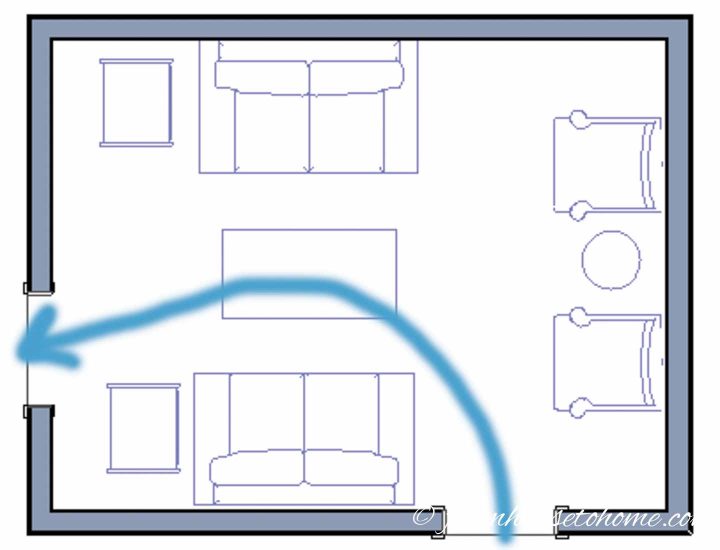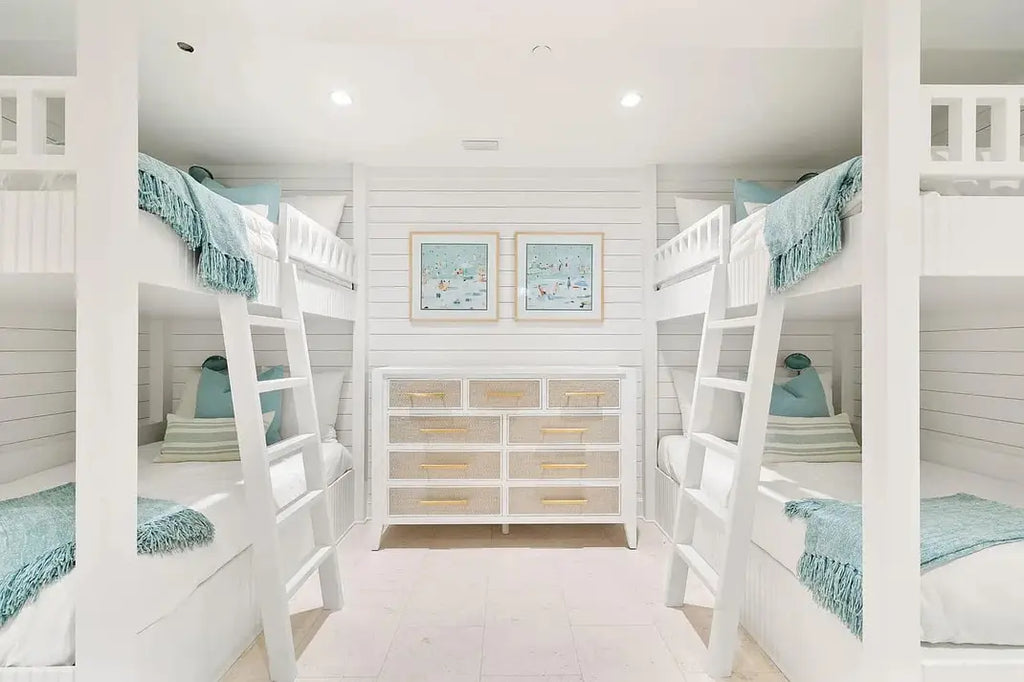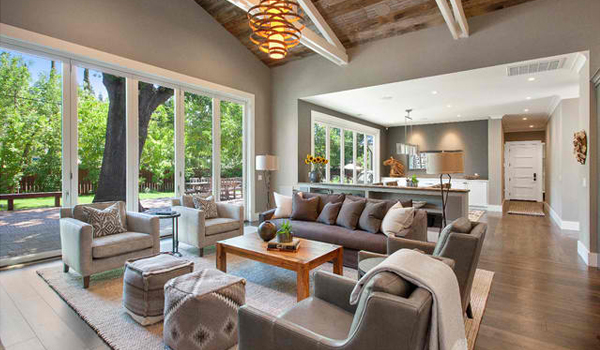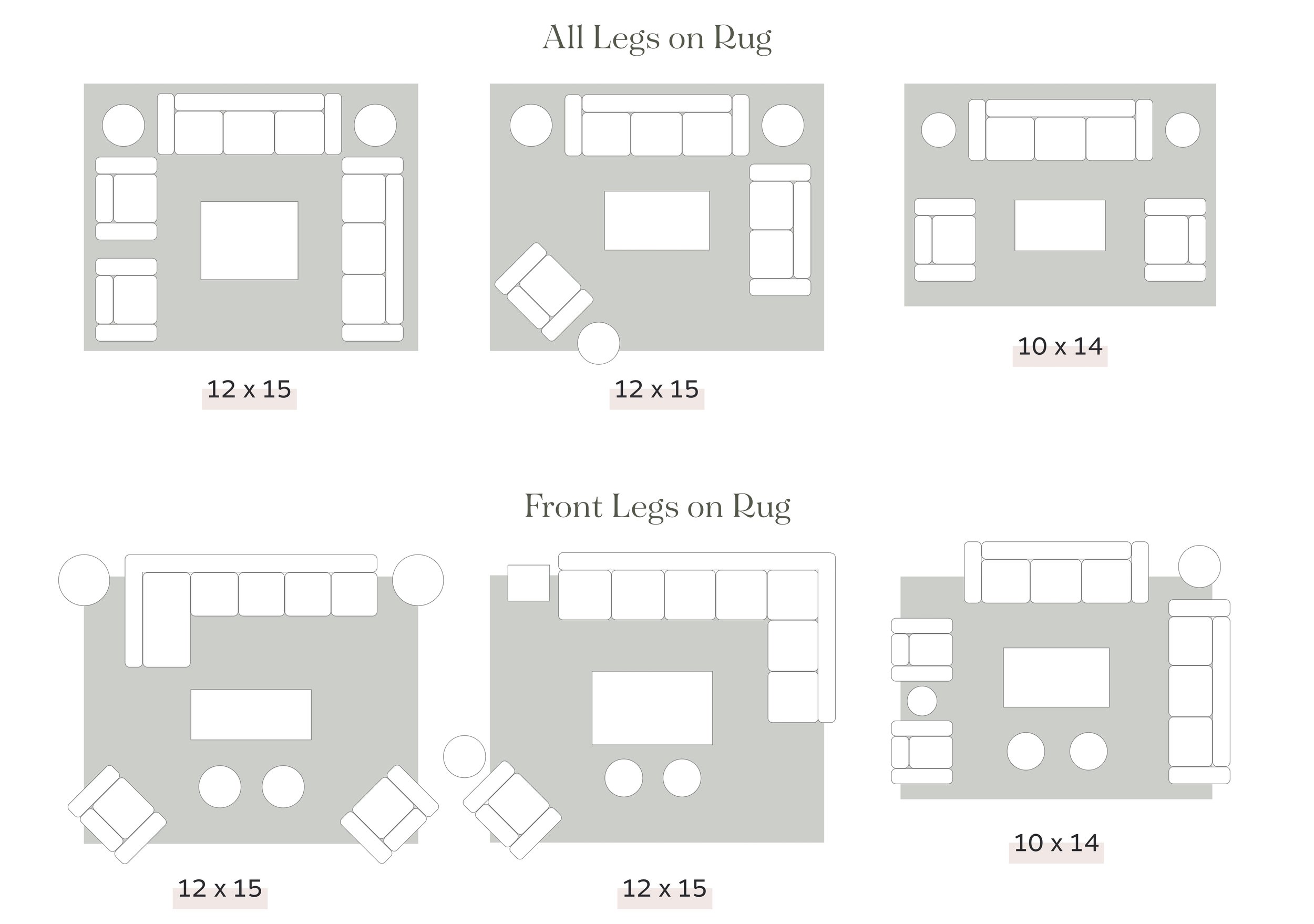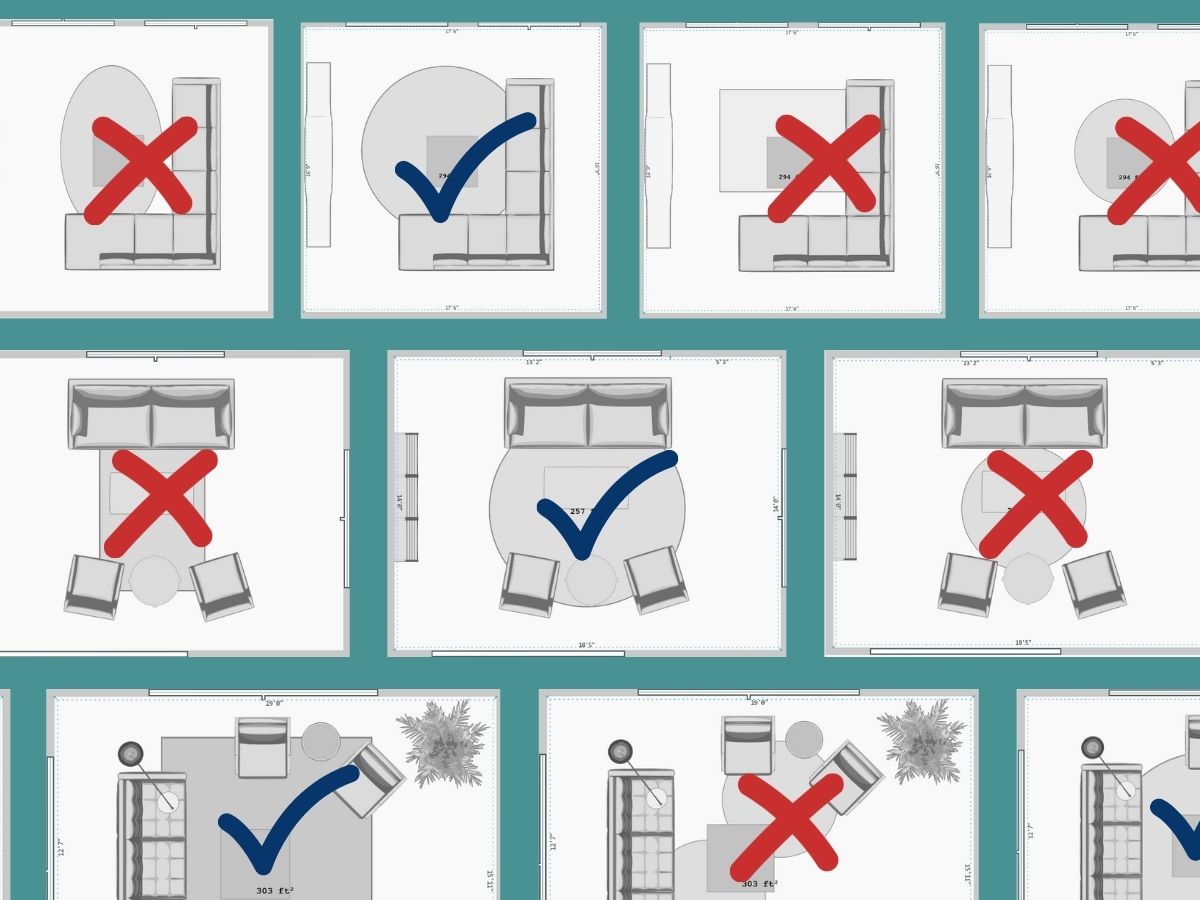A cozy living room is a must-have for any home. It's the perfect place to relax, spend time with loved ones, and enjoy your favorite activities. But creating a cozy living room can be a challenge, especially when it comes to choosing the best furniture placement. Here are some ideas to help you create a cozy living room that you'll love spending time in. One key tip for a cozy living room is to arrange the furniture in a way that promotes conversation and connection. This means avoiding placing furniture too far apart or creating barriers between seating areas. Instead, consider using a large area rug to anchor the space and create a central gathering point for your furniture. This will help create a cozy and inviting atmosphere. Incorporating natural elements into your living room can also add to the cozy feel. Consider using a mix of textures such as woven baskets, wooden accents, and soft fabrics. These elements will not only add warmth and depth to the room, but they also create a sense of comfort and relaxation. Furniture Placement Ideas for a Cozy Living Room
Small living rooms can be a challenge to furnish, but with the right furniture placement, you can make the most out of your limited space. Start by choosing furniture that is appropriately sized for your room. Oversized furniture can make a small room feel cramped and cluttered, so opt for smaller pieces that still offer comfort and functionality. Maximizing vertical space is another key tip for arranging furniture in a small living room. Consider using floating shelves or wall-mounted units to store items and free up floor space. You can also use taller furniture pieces, such as bookshelves or floor lamps, to draw the eye upwards and make the room feel larger. Another important factor to consider in a small living room is traffic flow. Make sure to leave enough space between furniture pieces for easy movement and access to doorways. Avoid placing furniture in a way that blocks natural pathways or makes the room feel cramped. How to Arrange Furniture in a Small Living Room
The furniture layout of your living room can greatly impact the overall look and feel of the space. To choose the best layout for your living room, consider the function and flow of the room. Think about how you and your family will use the space and what activities will take place there. This will help guide your furniture placement decisions. Another important factor to consider is the size and shape of your living room. If your room is long and narrow, consider creating two distinct seating areas to make the most of the space. If your room is square, you may have more flexibility in terms of furniture placement. Experiment with different layouts before committing to one. You can use painter's tape to mark out the dimensions of furniture on the floor or try using online room planning tools. This will help you visualize different options and find the best layout for your living room. Tips for Choosing the Best Furniture Layout for Your Living Room
When it comes to furniture placement in a living room, there are some important dos and don'ts to keep in mind. Do create a focal point in the room, such as a fireplace, TV, or large window. This will help anchor the space and give you a starting point for furniture placement. Don't push all your furniture against the walls. While this may seem like a good way to create more space, it can actually make the room feel disconnected and unwelcoming. Instead, try pulling furniture away from the walls and creating a more intimate seating arrangement. One important do is to consider balance and symmetry in your furniture placement. This can create a sense of harmony and cohesion in the room. However, don't be afraid to mix things up and add some visual interest by using different shapes and sizes of furniture. The Dos and Don'ts of Furniture Placement in a Living Room
A large living room offers endless possibilities for furniture placement. Start by creating distinct zones within the room, such as a seating area, a reading nook, or a game corner. This will help break up the space and make it feel more cozy and intimate. Use rugs to define different areas and add warmth and texture to the room. You can also use furniture placement to create a natural flow between zones. For example, you can place a sofa facing a fireplace and a pair of chairs facing the TV to create two separate but connected seating areas. Another creative way to arrange furniture in a large living room is to mix and match different types of seating. This can add interest and variety to the room. For example, you can combine a sectional sofa with a pair of armchairs and a bench to create a dynamic and inviting seating arrangement. Creative Ways to Arrange Furniture in a Large Living Room
When it comes to choosing furniture for your living room, size matters. Start by measuring your space and taking note of any architectural features, such as windows, doors, and fireplaces, that may impact furniture placement. This will help you choose furniture that fits the room and leaves enough space for traffic flow. Consider the size and scale of your furniture in relation to the room as a whole. Oversized furniture can make a room feel cramped, while small furniture can make the room feel empty and unbalanced. Choose pieces that are appropriately sized for your space and leave enough room for movement and comfort. Don't be afraid to mix and match different sizes of furniture. This can add visual interest and create a more dynamic and layered look in your living room. Just make sure to keep the overall balance and scale of the room in mind. Choosing the Right Size Furniture for Your Living Room
When it comes to furniture placement, there are some common mistakes that can make a living room feel uncomfortable and awkward. Avoid placing furniture too close together, as this can make the room feel cluttered and difficult to navigate. Instead, leave enough space between furniture for people to move around comfortably. Another mistake to avoid is pushing furniture against the walls. This can create a disconnected and uninviting feeling in the room. Instead, try pulling furniture away from the walls and creating a more intimate and cozy seating arrangement. Don't block natural pathways with furniture. This can make the room feel cramped and difficult to navigate. Leave enough space for people to move freely between different areas of the room. Furniture Placement Mistakes to Avoid in Your Living Room
Furniture placement is not only about creating a visually appealing space but also about making it functional and practical for everyday use. Think about how you and your family will use the living room and arrange the furniture accordingly. For example, if you love hosting movie nights, make sure to have enough seating and a clear view of the TV. Don't be afraid to mix and match different styles of furniture. This can add personality and character to your living room. Just make sure to keep a cohesive color scheme and overall aesthetic in mind. Another important tip for creating a functional and stylish living room is to leave enough space for storage. This can be in the form of built-in shelves, storage ottomans, or even a stylish media console. This will help keep the room organized and clutter-free. How to Create a Functional and Stylish Living Room with Furniture Placement
Traffic flow is a crucial factor to consider when it comes to furniture placement in a living room. Think about how people will move through the room and make sure to leave enough space for easy passage. Avoid placing furniture in a way that creates obstacles or makes it difficult to move around. Consider the purpose of each area in the living room and arrange the furniture accordingly. For example, if you have a reading nook, make sure to have enough space to comfortably sit and read. If you have a game corner, leave enough room for people to move around and play. Another important tip is to keep pathways clear. This will not only make it easier to move around but also make the room feel more open and spacious. The Importance of Traffic Flow in Furniture Placement for a Living Room
A rug can be a powerful tool in furniture placement for a living room. Start by choosing the right size and shape of rug for your space. A rug that is too small can make the furniture look disconnected, while a rug that is too large can make the room feel cluttered. Use the rug to anchor the space and guide furniture placement. For example, you can place a large rug in the center of the room and arrange the furniture around it. This will help create a cohesive and visually appealing look. Another creative way to use a rug for furniture placement is to layer rugs. This can add texture and dimension to the room. For example, you can place a smaller rug on top of a larger one to define a seating area or add a pop of color and pattern. Using a Rug to Guide Furniture Placement in Your Living Room
Why Furniture Placement is Key to a Well-Designed Living Room

Create a Focal Point
 When it comes to designing a living room,
furniture placement
plays a crucial role in creating a well-balanced and visually appealing space. One of the first things to consider when arranging your furniture is to
create a focal point
. This could be a fireplace, a large window with a beautiful view, or even a statement piece of furniture. By highlighting a focal point, you can draw attention to a specific area of the room and create a sense of harmony.
When it comes to designing a living room,
furniture placement
plays a crucial role in creating a well-balanced and visually appealing space. One of the first things to consider when arranging your furniture is to
create a focal point
. This could be a fireplace, a large window with a beautiful view, or even a statement piece of furniture. By highlighting a focal point, you can draw attention to a specific area of the room and create a sense of harmony.
Maximize Space and Functionality
 Another important aspect of
choosing the best furniture placement
for your living room is to maximize the space and functionality of the room. It's essential to consider the size and shape of your living room when deciding where to place your furniture. For smaller living rooms, it's best to opt for smaller, multi-functional furniture pieces to save space. You can also
use furniture to create zones
in larger living rooms, such as a seating area, a reading nook, or a TV viewing area. This not only makes the room more functional but also adds visual interest.
Another important aspect of
choosing the best furniture placement
for your living room is to maximize the space and functionality of the room. It's essential to consider the size and shape of your living room when deciding where to place your furniture. For smaller living rooms, it's best to opt for smaller, multi-functional furniture pieces to save space. You can also
use furniture to create zones
in larger living rooms, such as a seating area, a reading nook, or a TV viewing area. This not only makes the room more functional but also adds visual interest.
Consider Traffic Flow
 In addition to creating a focal point and maximizing space,
considering traffic flow
is crucial when arranging furniture in a living room. You'll want to make sure that there is enough room for people to move around comfortably without bumping into furniture. Leave enough space between furniture pieces to allow for easy movement and make sure there are no obstructions, such as a coffee table blocking a walking path.
In addition to creating a focal point and maximizing space,
considering traffic flow
is crucial when arranging furniture in a living room. You'll want to make sure that there is enough room for people to move around comfortably without bumping into furniture. Leave enough space between furniture pieces to allow for easy movement and make sure there are no obstructions, such as a coffee table blocking a walking path.
Balance and Symmetry
 Lastly, balance and symmetry are essential elements to keep in mind when deciding on furniture placement.
Balance
refers to the visual distribution of weight in a room, while
symmetry
is the mirroring of elements on either side of a central point. Achieving a balance and symmetry in your living room can create a sense of harmony and make the room more visually appealing. For example, you can balance a large sofa with two accent chairs on either side or create symmetry with a pair of matching lamps on either side of a fireplace.
In conclusion,
choosing the best furniture placement
for your living room is crucial for creating a well-designed and functional space. By considering the focal point, maximizing space and functionality, traffic flow, and balance and symmetry, you can create a beautiful and harmonious living room that suits your personal style and needs. So take the time to plan and experiment with different furniture arrangements to find the perfect layout for your living room.
Lastly, balance and symmetry are essential elements to keep in mind when deciding on furniture placement.
Balance
refers to the visual distribution of weight in a room, while
symmetry
is the mirroring of elements on either side of a central point. Achieving a balance and symmetry in your living room can create a sense of harmony and make the room more visually appealing. For example, you can balance a large sofa with two accent chairs on either side or create symmetry with a pair of matching lamps on either side of a fireplace.
In conclusion,
choosing the best furniture placement
for your living room is crucial for creating a well-designed and functional space. By considering the focal point, maximizing space and functionality, traffic flow, and balance and symmetry, you can create a beautiful and harmonious living room that suits your personal style and needs. So take the time to plan and experiment with different furniture arrangements to find the perfect layout for your living room.



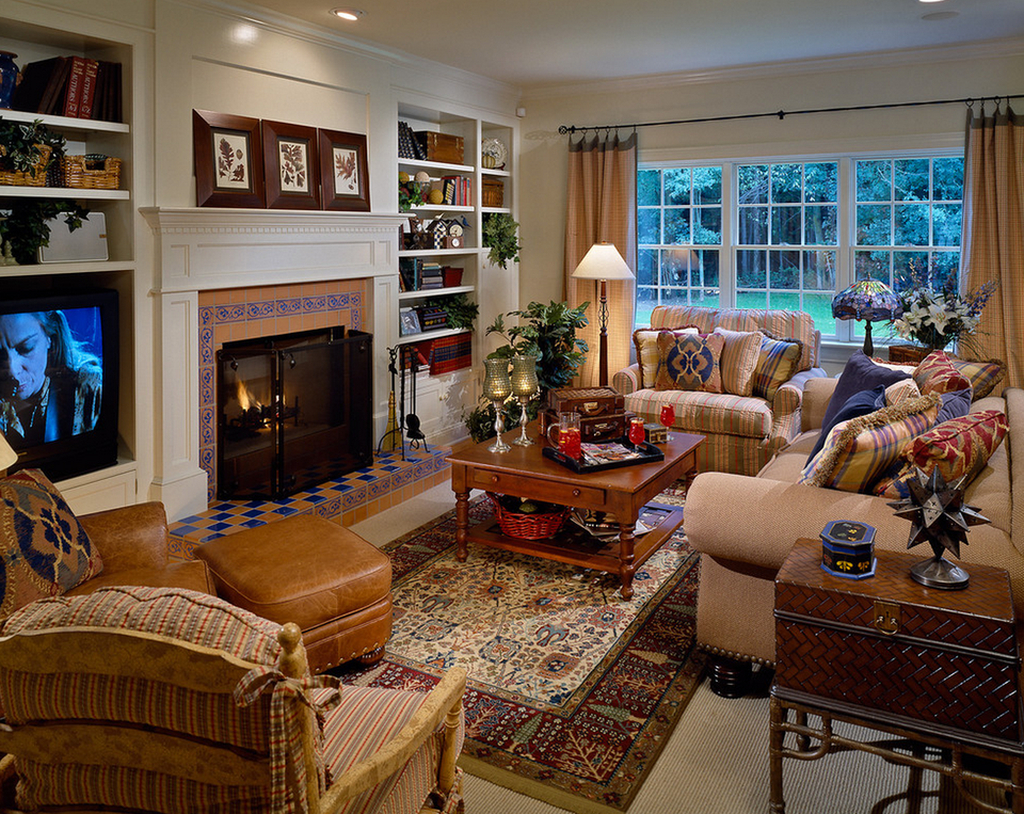
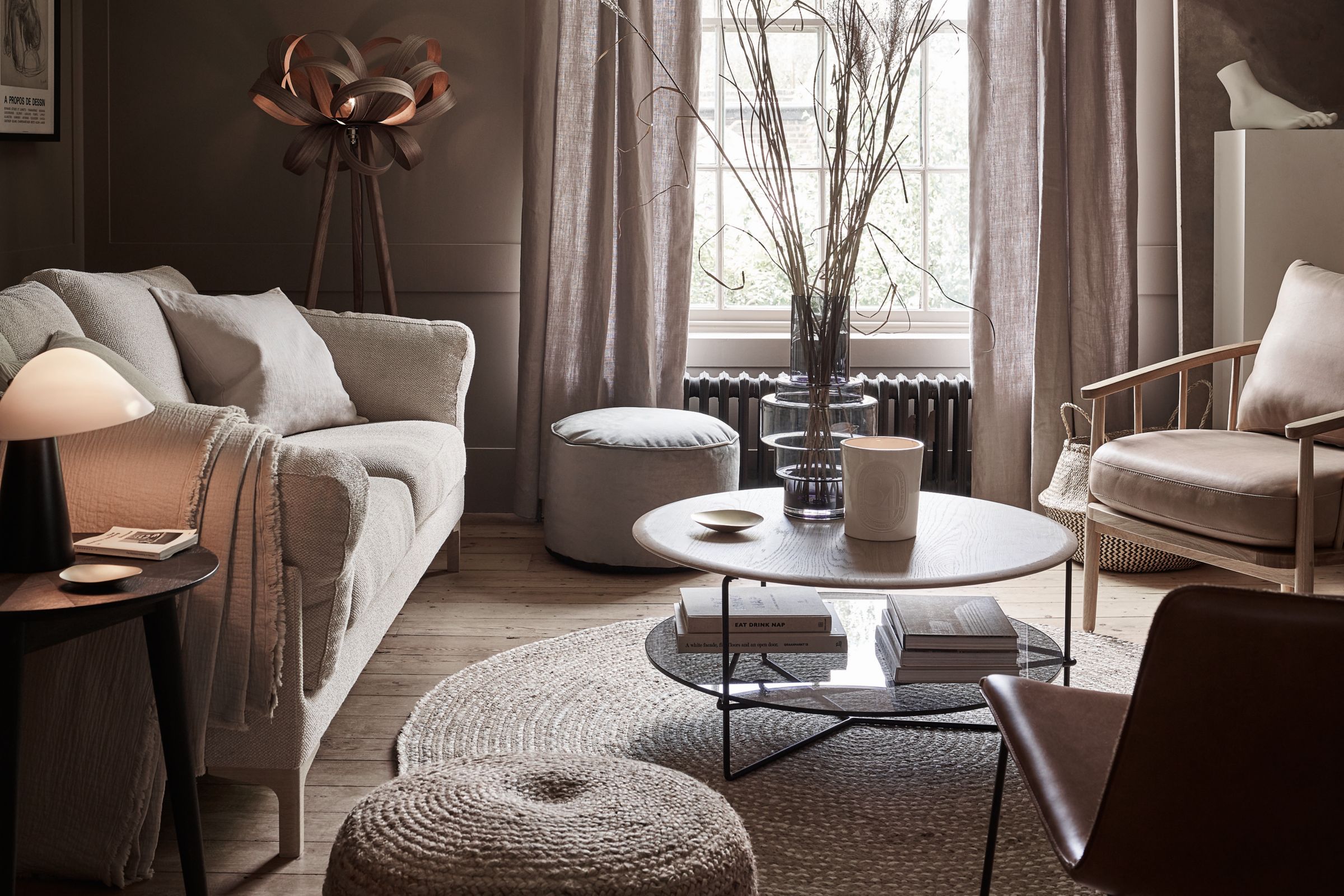
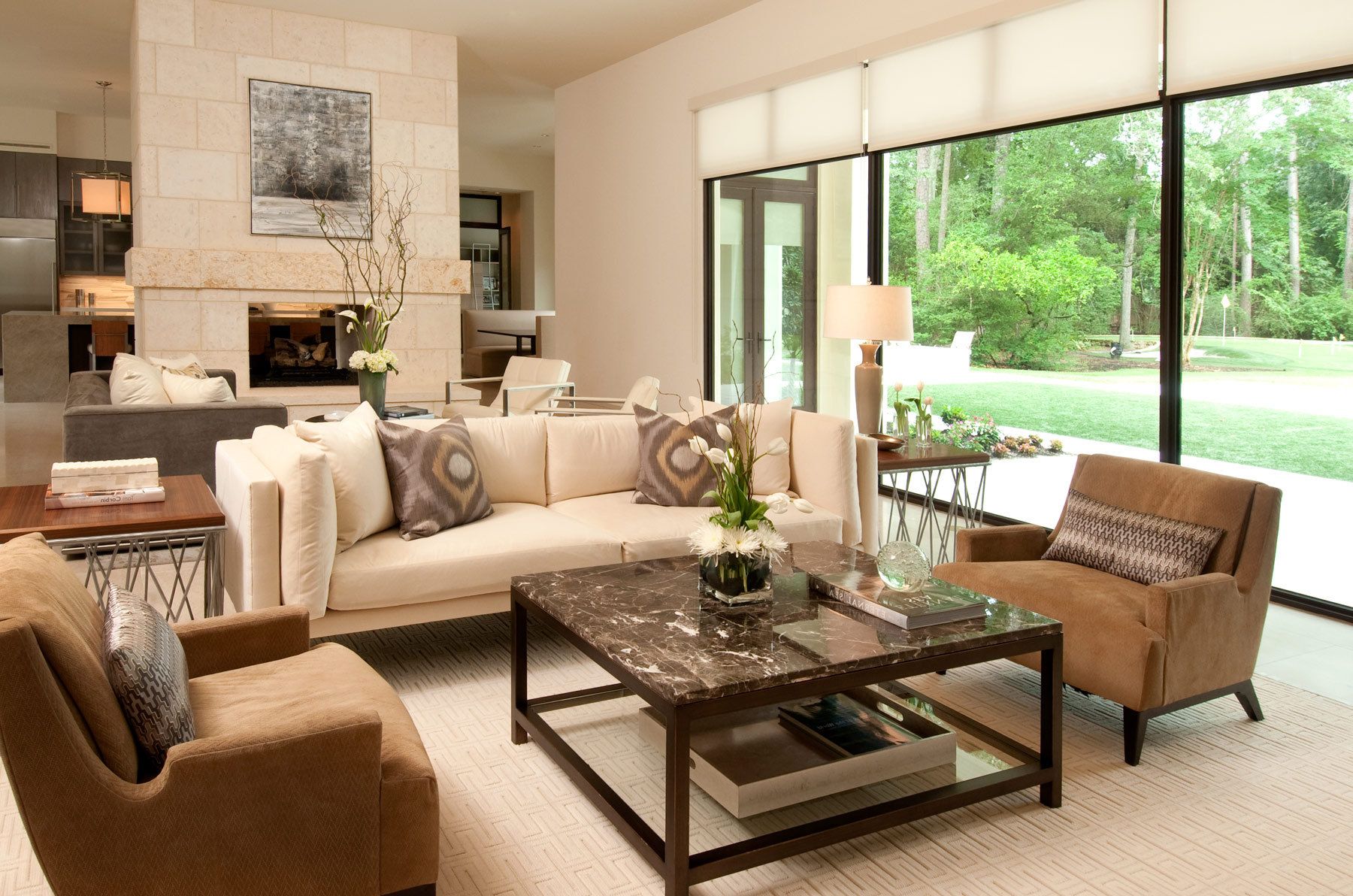

/Living-room-with-plaid-and-leather-furniture-589faf575f9b58819cb3fb05.png)


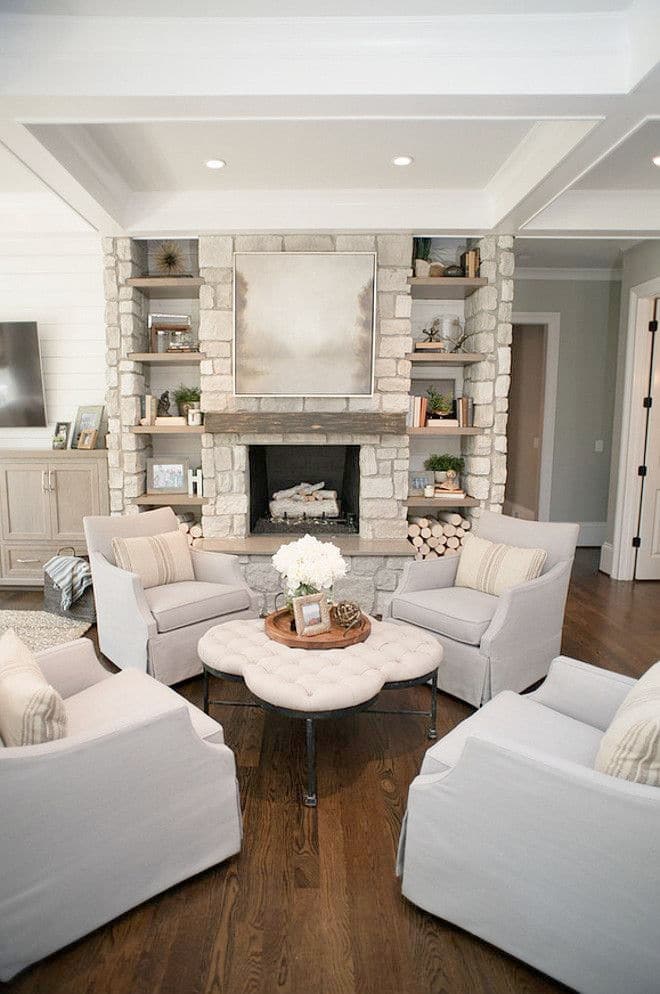



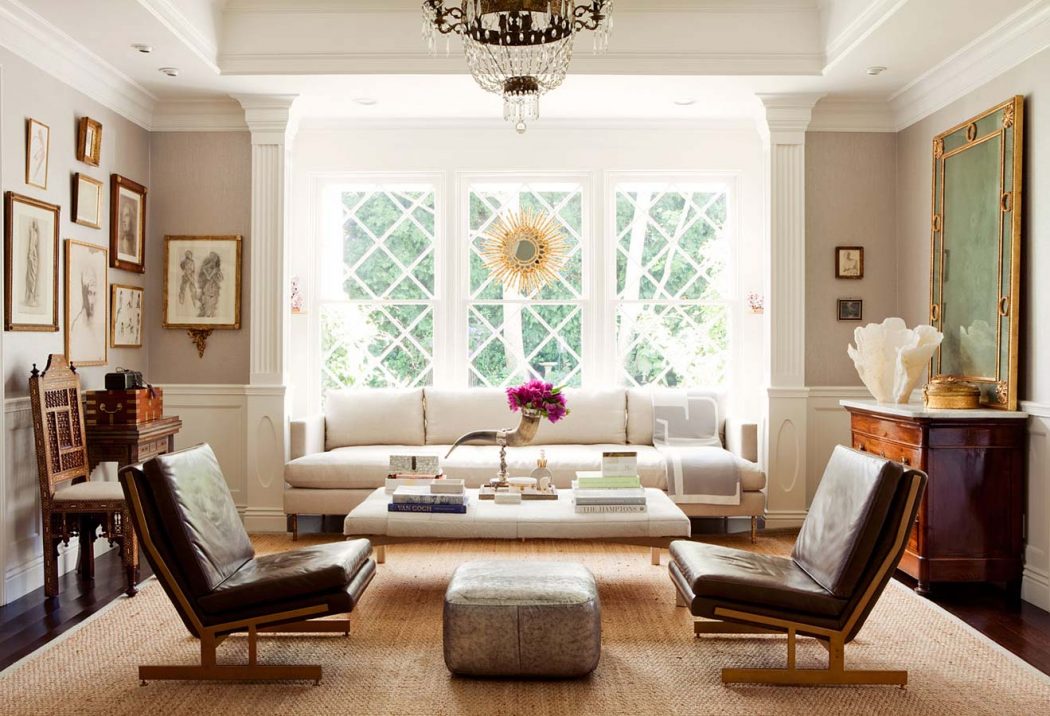



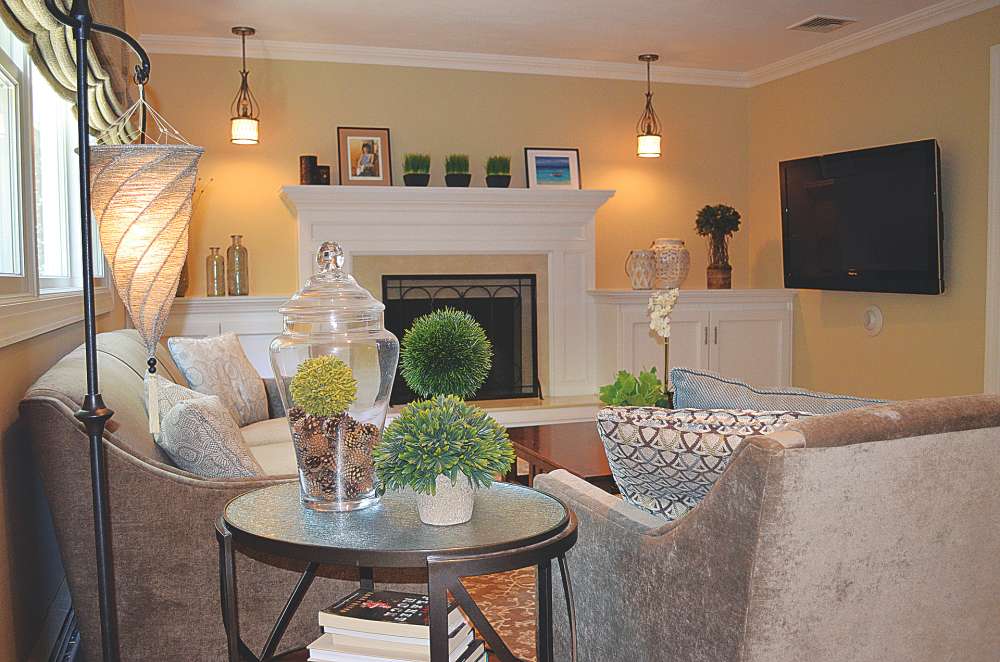

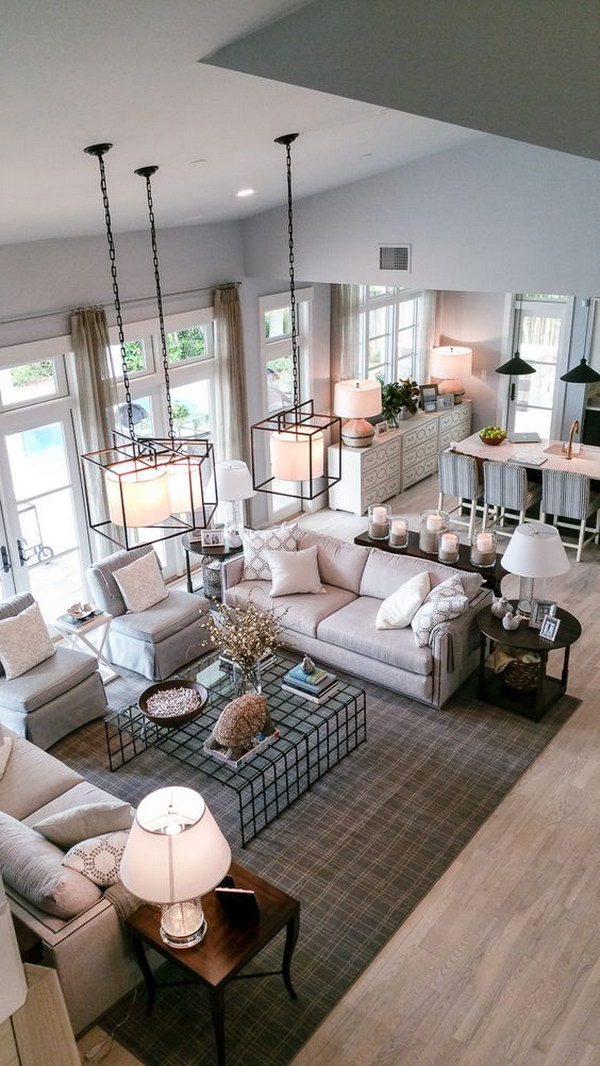












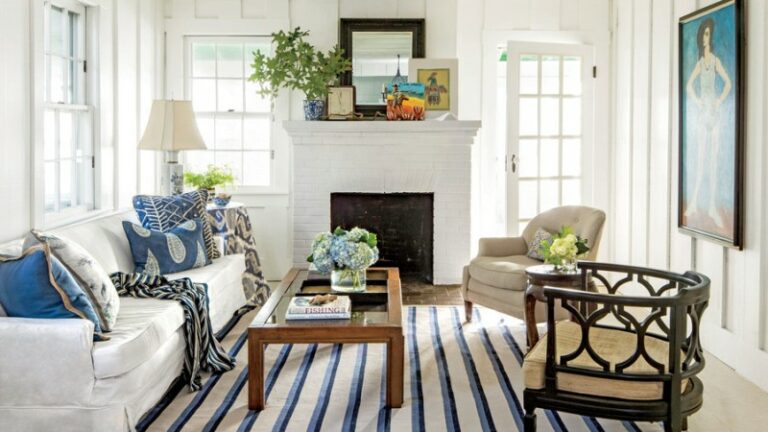

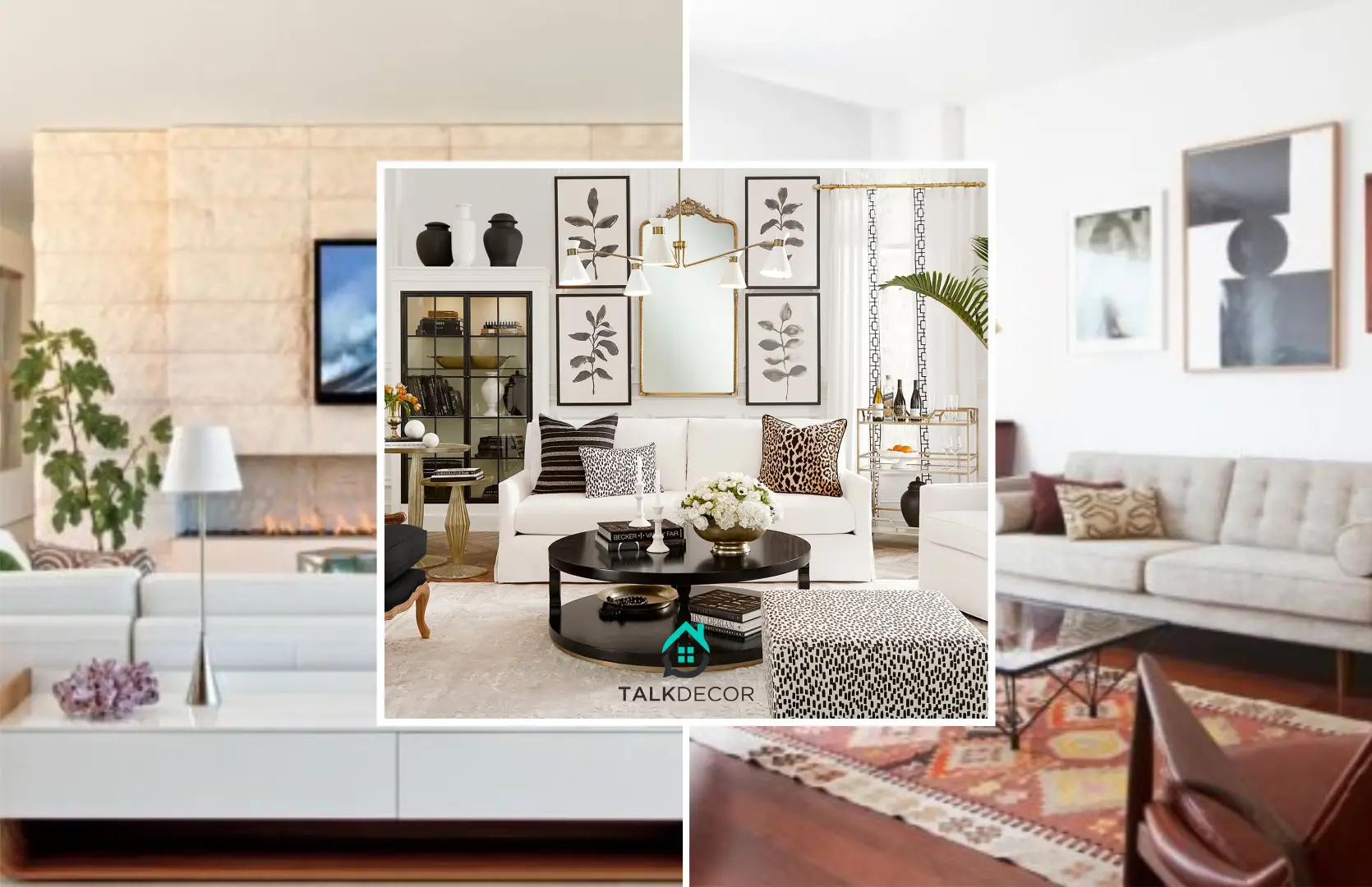

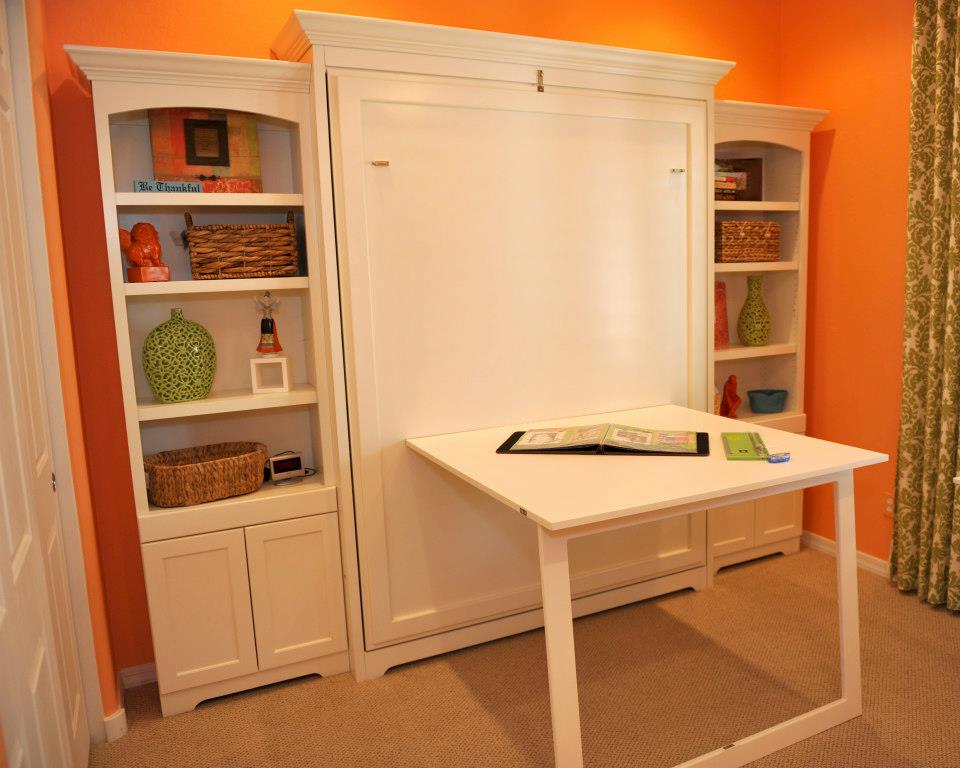
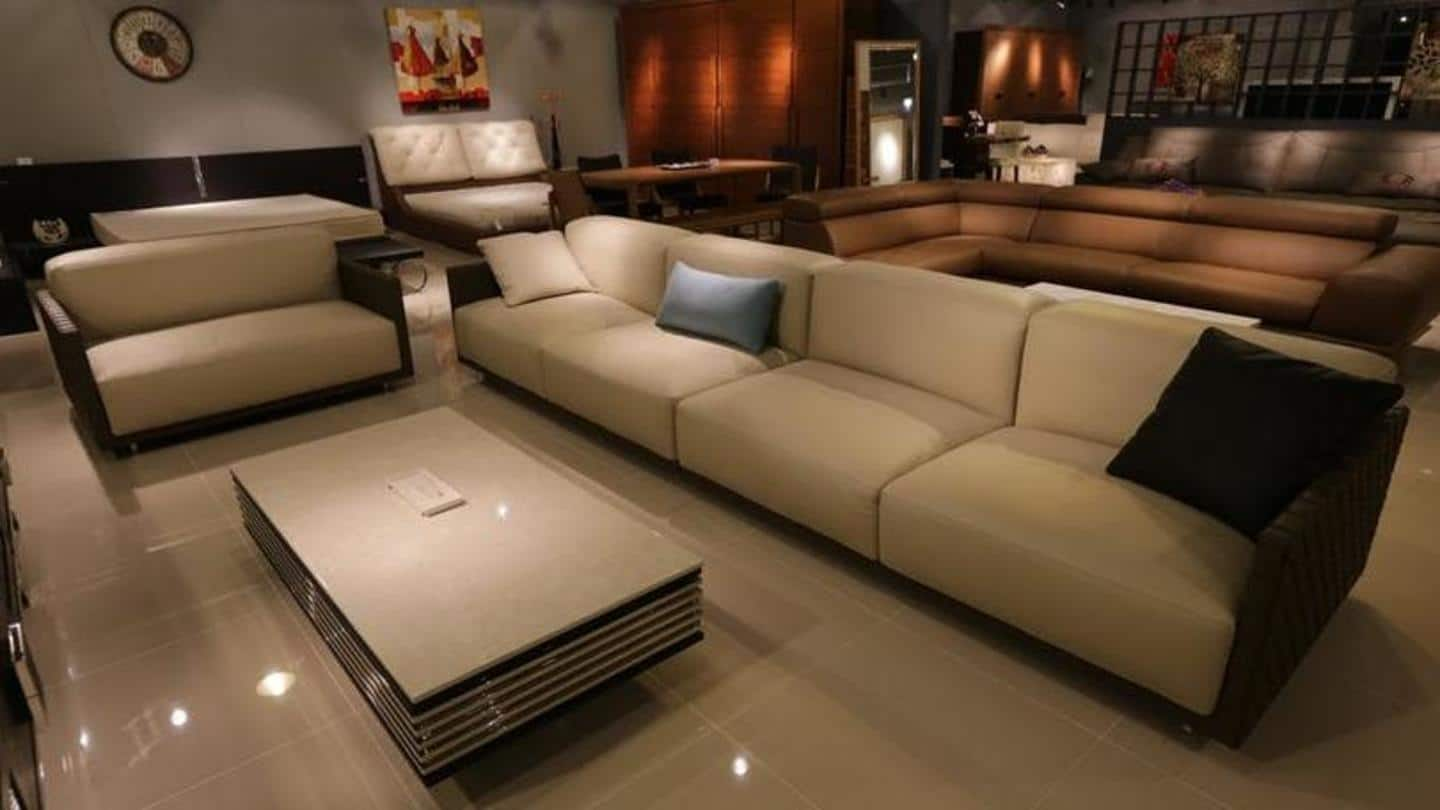











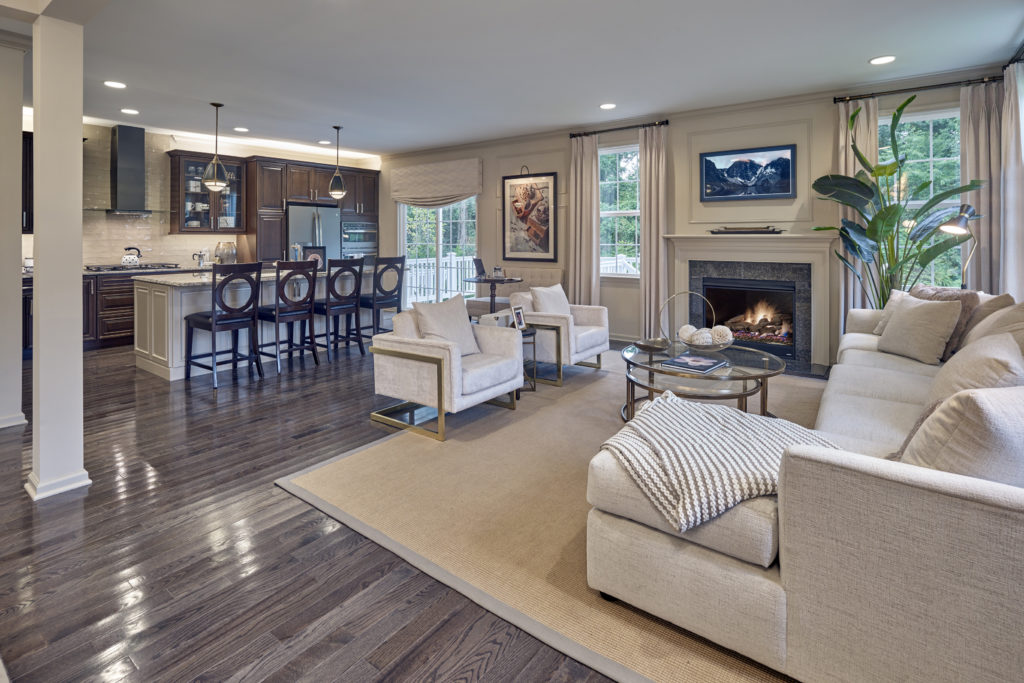





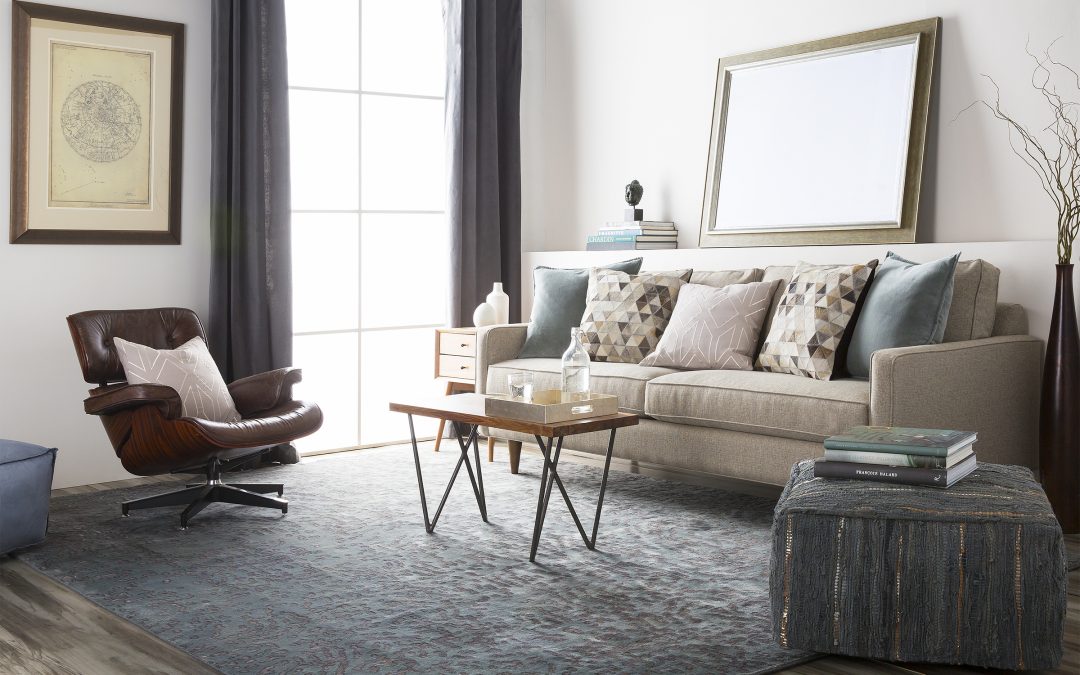
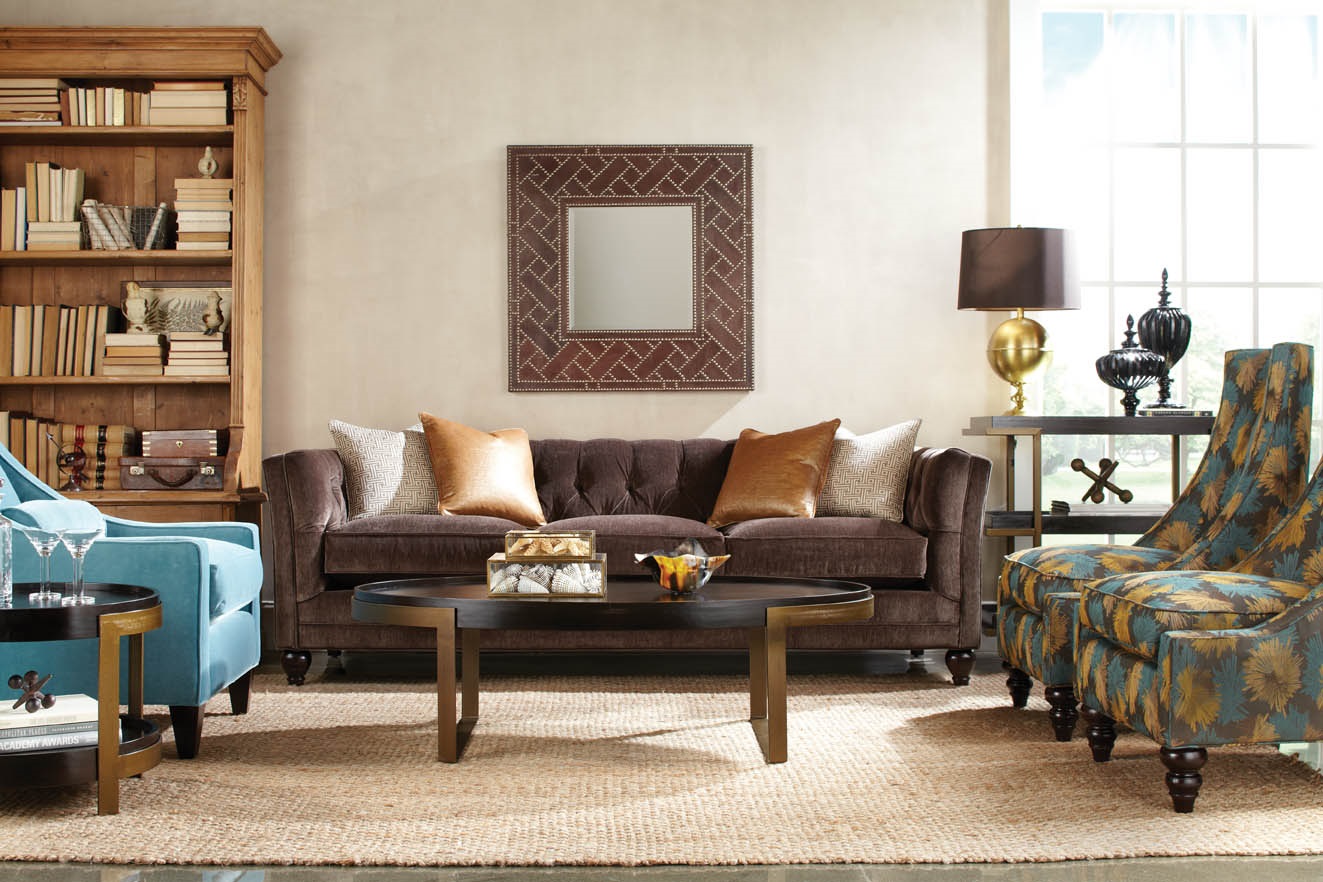

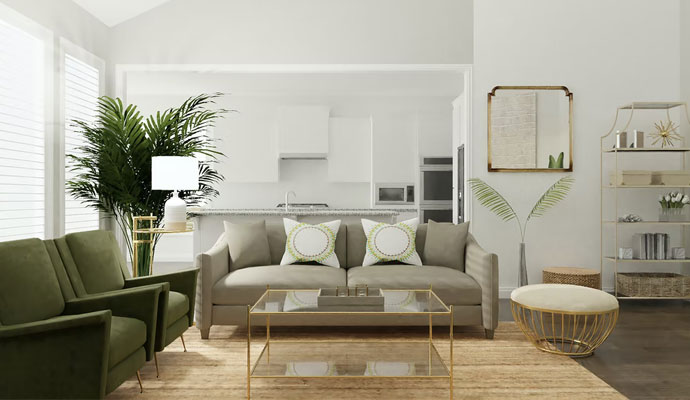




/twenty20_cc649399-40dc-4816-8620-37b365d88f70-5a01d3be22fa3a0037001998.jpg)
